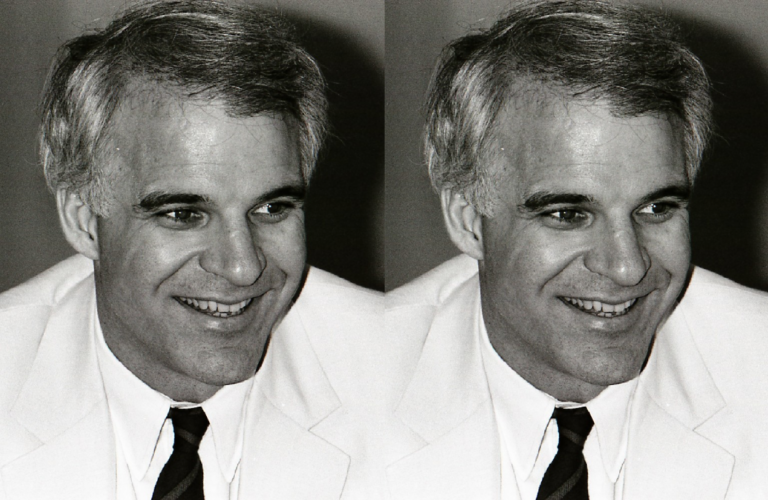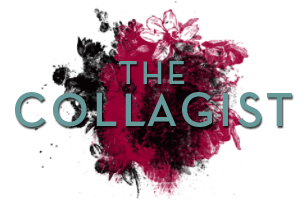Bend Reality with Thought Experiments
As fiction’s equivalent of messy chemistry experiments, thought experiments play with ideas until they explode. Most commonly found in—you’ve guessed it—speculative and science fiction, thought experiments explore imaginative possibilities in situations unconstrained by reality.
Whole civilizations can rise and fall within a novel while an experiment simmers in the background; characters play out their individual lives on the grand scale of ideas, which combine to break down fictive paradigms. Unconstrained by the readers’ reality, an author creates a world, or a series of scenes, based upon a Big Idea. This Big Idea can be astonishingly simple, but it is guided by using the story not only to ask deeper questions, but to obtain the results from big experiments.
In this post, I’ll discuss the nature of thought experiments and examine one famous example (The Dispossessed), then proffer suggestions for how close analysis of thought experiments enables you to write your own.
Famous Examples: Einstein’s Elevator and Schrodinger’s Cat
In fiction, thought experiments are closely related to philosophical thought experiments: asking the question “What would happen, if….?” and debating the responses. Maybe you’ve heard of Einstein’s elevator (feeling weightless in an elevator) or Schrodinger’s cat (whether the cat is alive or dead inside the box)? These are famous examples of thought experiments—narratives told to explain a larger idea.
In novels, thought experiments usually exist to examine what makes people tick.
The Dispossessed: a Classic Thought Experiment
Ursula K. Le Guin, in her science fiction classic The Dispossessed, explores what would happen if a utopian anarchist society (in the novel, the planet Anarres) were to interact with a world containing both a major capitalist society and an authoritarian one (the planet Urras). Le Guin goes beyond the macro details of how complete economic and political systems would whir. The novel also focuses on the individuals within those systems, and in particular on the protagonist, Shevek—who is born on Anarres and travels to Urras in order to open dialogue about his work in physics between scientists in both societies. Shevek and his choices create the story’s tension—between Shevek and his own society, and between societies themselves—and the narrative becomes far more than just the experiment on its own.
The Dispossessed is a great example of a thought experiment done well—there are smaller questions within the overarching experiment about the clash of worlds. In addition to exploring the ramifications of the collision of two very different political systems, The Dispossessed explores Whorfianism—the idea that language shapes culture. While this is a Big Idea, Le Guin examines it through the lens of the living situations and few possessions of those in the anarchic society.
What Thought Experiments Are Not
A good friend was telling me recently about Karlsson on the Roof, a Swedish children’s book series popular in Russia when she was a child. Karlsson has a motor embedded in his belly and a propeller attached to his back. With the propeller activated by a button in his stomach, he can fly down from the roof of his apartment building and visit with Lillebror, a young boy who lives within the building.
While this story is fantastical, it does not explore any larger ideas; the question, “What would happen is a portly man flew up and down alongside an apartment building by means of a propellor in his back?” is a hilarious and intriguing one, but answering it does not reveal any deeper truths about contemporary Swedish society.
Writing Your Own Thought Experiment
These features afford an exercise in examining thought experiments in fiction, or in creating your own thought experiment, should you choose to do so.
1) Identify a Big Idea
In The Dispossessed, the experiment can be summarized as: what would happen if an anarchic society interacted with a capitalistic society through scientific collaboration?
The first step of creating your own thought experiment, is to figure out what experiment you’re dying to run. Steal from anything from aesthetics to zoology. Determine the contours of the Big Idea, and summarize it in a paragraph.
2) Set up the world
Organize your materials. What’s the backdrop? How does your Big Idea play out in action? What makes it run, and how does it do so? Since this is fiction, you get to make up whatever you like, but make sure you mesh the Big Idea with the specific world or setting that you create. Keep referring back to that summary paragraph.
In The Dispossessed, the setup of the worlds includes each planets’ history in the real planetary system of Tau Ceti, known in astronomy as the second-closest star to the Sun. It also includes Anarres’ history as a colony founded by separatists originally from Urras. The backdrop of history allows the Big Idea to mesh seamlessly with the setting.
3) Place your individual characters
Characters illuminate the world you’ve set up. Use them to examine distinguishing features of the Big Idea as implemented in that world. It is through Shevek’s consciousness that the reader fully understands Anarres.
4) Show us your truths
It can seem hackneyed if your story, vignette or novel outline clearly intends to illuminate some important element of truth or the human condition. So don’t get overly focused on illuminating a larger truth, but instead concentrate on how to make the specifics of your story—the world, the characters—really tick. Le Guin uses specific detail to depict the complicated truth of life on either planet—the anarchic utopia, we discover, is perhaps not as utopian as it seems.
Remember that there must be something larger motivating your story, even if it takes writing the last page and reading through the whole thing one more time to clarify it for yourself. Once you’ve grasped your larger agenda, go back and make sure those specifics push it.
Go forth!
With much of modern life seeming dystopian, thought experiments allow us to envision life underneath a wholly different system. This imagination can take us to new and distant worlds while turning the lens on our own structures and systems. Thought experiments can make their results vivid and memorable.
Go forth to read and write thought experiments! I would love to hear about your results, in the comments.


